Browse Our Books
You can browse our books easily with any of the following filters, hover over the filters or their titles to see their descriptions.
Reading Level
Categories
Or you can use quick search or switch to advanced search for better results...
Search Results (Found 1181 results)
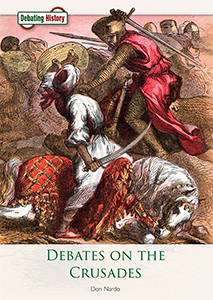
Debating History
With the passage of time, the controversies that shaped historic events sometimes fade. The Debating History series focuses on those controversies as a way to gain a fuller understanding of history. Chapters are organized in pro/con format, in which a single author synthesizes arguments for and against a particular issue. Some of these essays are written from the point of view of someone who lived during the period; others are examined from a more current perspective. In all cases, important ide
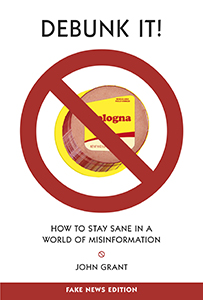
Debunk It! Fake News Edition: How to Stay Sane in a World of Misinformation
We live in an era of misinformation, much of it spread by authority figures, including politicians, religious leaders, broadcasters, and, of course, apps and websites. In this second edition, author John Grant uses ripped-from-the-headlines examples to clearly explain how to identify bad evidence and poor arguments. He also points out the rhetorical tricks people use when attempting to pull the wool over our eyes, and offers advice about how to take these unscrupulous pundits down. Updated to i
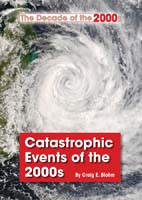
Decade of the 2000s, The
The Decade of the 2000s series takes a global look back at the many people and events that shaped and defined the decade. A visual chronology highlighting important events of the decade, sidebars on topics of interest as well as opposing perspectives, source notes, a bibliography for further research, and an index provide additional tools for student researchers.
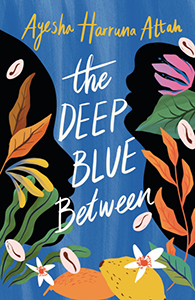
Deep Blue Between, The
Twin sisters Hassana and Husseina have always shared their lives. But after a raid on their village in 1892, the twins are torn apart. Taken in different directions, far from their home in rural West Africa, each sister finds freedom and a new start. Hassana settles in in the city of Accra, where she throws herself into working for political and social change. Husseina travels to Salvador, Brazil, where she becomes immersed in faith, worshipping spirits that bridge the motherland and the new wor
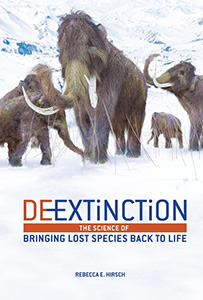
De-Extinction: The Science of Bringing Lost Species Back to Life
Woolly mammoths, passenger pigeons, bucardos, and dodo birds. These are among a wide range of extinct species that scientists in the emerging field of de-extinction may one day be able to revive through technologies including cloning and gene editing. Readers will learn how species become extinct in the first place and how scientists in the field are working to bring them back. What new technologies are under development? Is this an ethical pursuit? Should we work on preserving endangered specie

Defining Events of the Twenty-First Century
Defining Events of the Twenty-First Century examines some of the most important moments in pop culture, science, and society in the last few decades. From influential pop musicians to technological breakthroughs to tragic man-made and natural disasters, readers will explore a wide variety of key events and people, the context surrounding them, and how they affected our world.

Defining the Generations (Expedition-YA) 

What makes each generation unique, and what are their contributions to the world around us? In Defining the Generations, readers will dive into the four major generations and learn about their impact and importance.

Design Thinking: A Guide to Innovation 
Design thinking is a six-step process used in creative problem solving to understand users, challenge assumptions, redefine problems, and create innovative solutions. As a human-centered approach to innovation, design thinking is used in everything from corporate structure in businesses such as UberEATS, AirBnB, and Adobe XD to local and regional projects.

Developing Digital and Media Literacy Skills
The sources of news and information seem limitless, but they are not all equally good or useful, and some are actually dangerous. Today's teens have never known life without the internet, social media, and digital devices. Even so, they don't always understand what they're looking at, how to find good information, and how to avoid false and misleading content. Developing Digital and Media Literacy Skills provides a down-to-earth look at the digital and media landscape and what teens can do to en
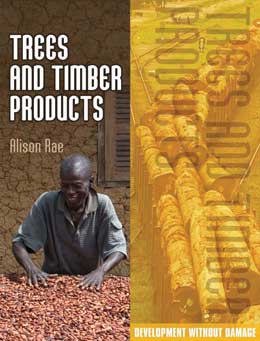
Development without Damage
Given a world of limited resources and the insatiable appetites of the developing and developed worlds, this series attempts to profile appropriate strategies to keeping the earth in balance. Case studies, maps, expert views as well as “Take Action” and “Facts and Focus” statistics sidebars populate these books.